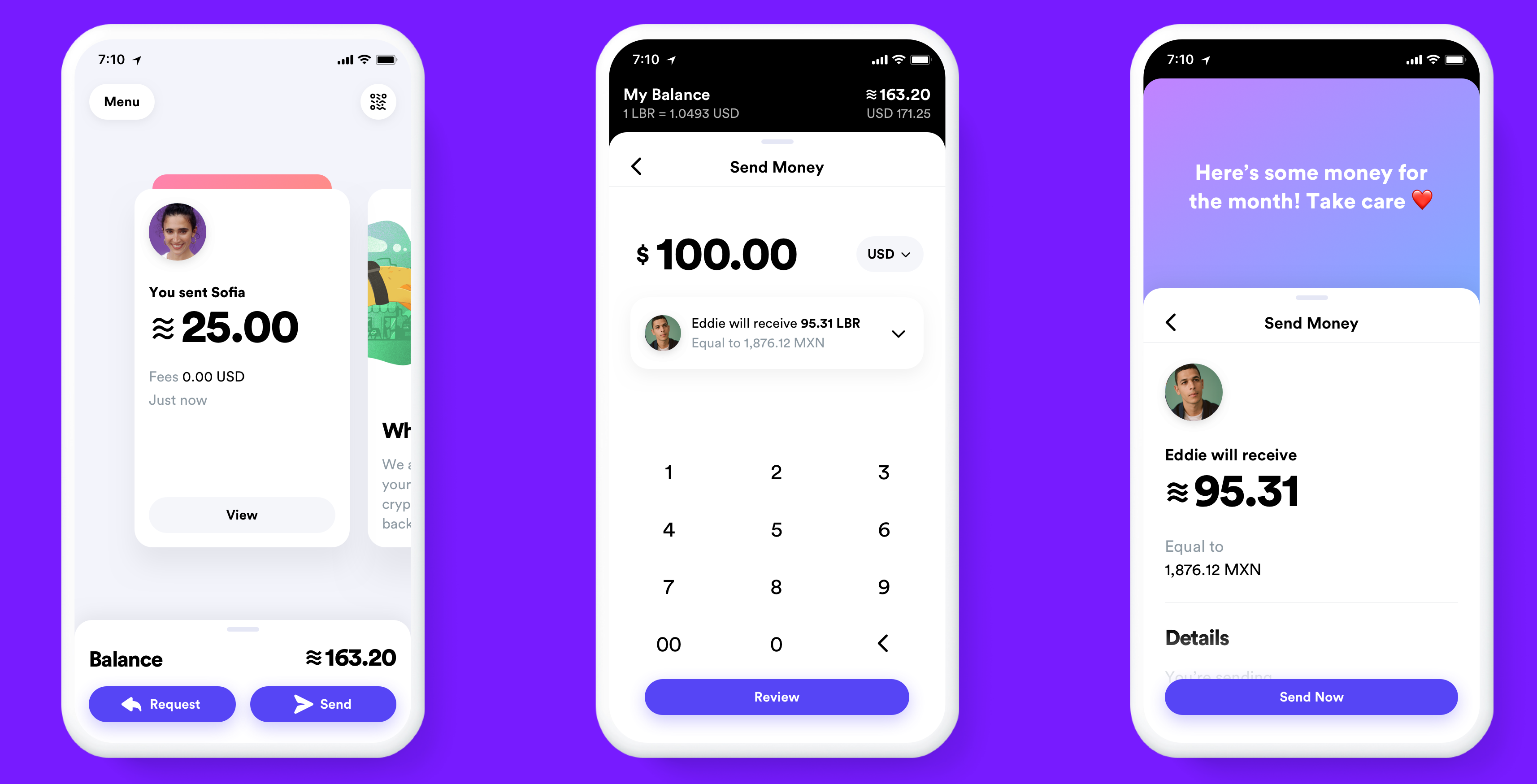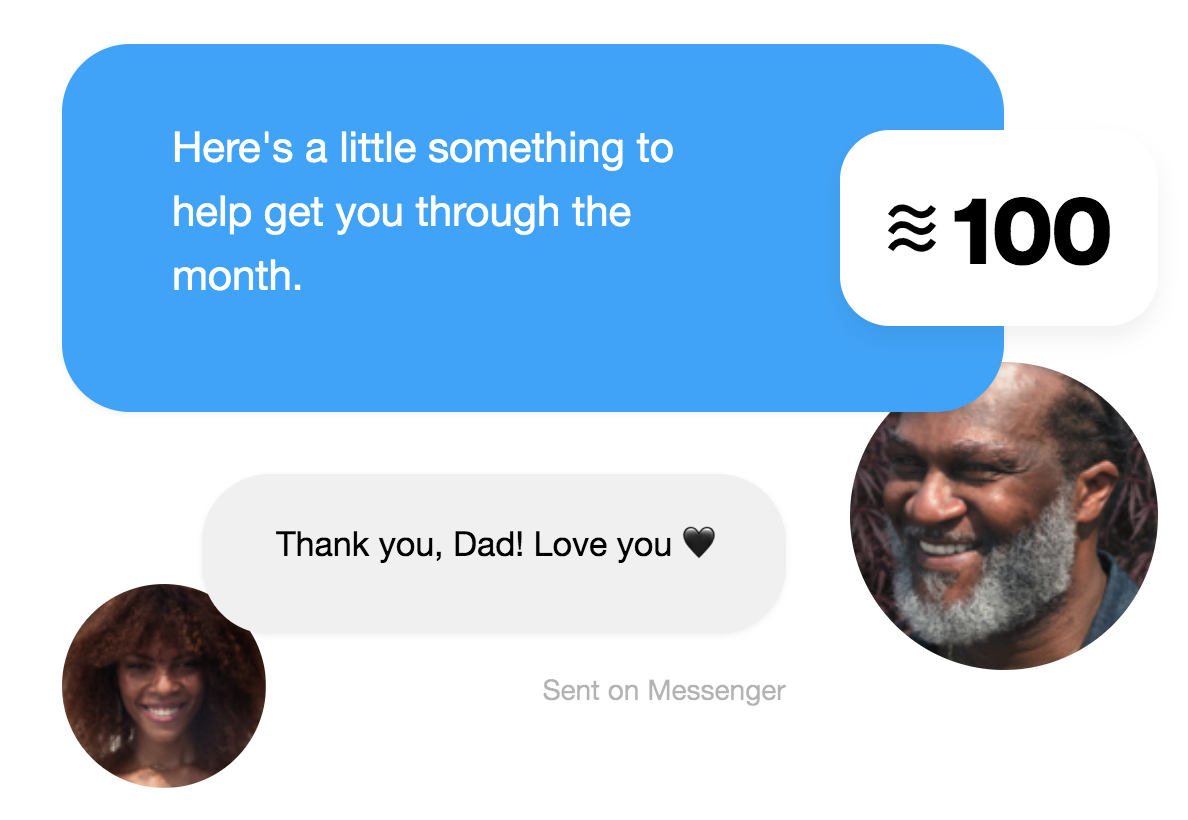Silicon Valley has many dreams. One dream — the Hollywood version anyway — is for a down-and-out founder to begin tinkering and coding in their proverbial garage, eventually building a product that is loved by humans the world over and becoming a startup billionaire in the process.
The more prosaic and common version of that Valley dream though is to join an early-stage company right before its growth kicks into high gear. Sure, those early employees might only have a smidgen of equity, but that equity could be worth a whole heck of a lot if they join the right startup.
Every startup has a window of opportunity, a timeframe in which early employees can join while the stock option strike prices are low and the equity grants are high. Join before the big uptick in valuation, and suddenly what might have been an otherwise nice couple of hundred K dollars in the coming years becomes actually, well, in the Bay Area, a reasonably-sized domicile.
Yet, that opportune window seems to be shrinking in size, making it harder for potential startup employees to nail the timing necessary to garner their own best financial return.
For every Roblox, which as we profiled in-depth this week, took almost two decades to reach its current apotheosis, there is a Brex, which seems to reach unicorn status in no time at all. And such stories — while certainly anecdotal — seem to be more commonplace than ever.
Part of the reason for that fast early valuation growth is that Silicon Valley has simply learned how to grow even faster, even earlier. As venture capitalist Reid Hoffman and Chris Yeh discuss in their book Blitzscaling, there are now frameworks and tried-and-true techniques to not just grow a startup, but to grow it at a dizzying rate. Through better marketing channels, growth strategies, and product development, we have indeed made progress at cutting at least some of the time to better valuations.
That rapid transformation from nothing to everything though gives very little time for early employees to discover a startup through the grapevine when the financial conditions are still interesting.
Half a decade ago, I wrote about the plight of early employees in an article I entitled “The Problem with Founders.” I wrote then that:
The secret of Silicon Valley is that the benefits of working at a startup accrues almost entirely to the founders, and that’s why people repeat the advice to just go start a business. There is a reason it is hard to hire in Silicon Valley today, and it isn’t just that there are a lot of startups. It’s because engineers and other creators are realizing that the cards are stacked against them unless they are the ones in charge.
My reasoning then was simple: early employees take on pretty much just as much risk as their founders do, but for a fraction of the equity. Now, with startups jumping to unicorn status in sometimes as short as a handful of months, that risk-reward ratio seems to be even more off-kilter for those early employees.
And it doesn’t just have to be a Brex-scale transformation either. The rapid increase in the size and valuation of series A rounds of financing the past three years means that engineers and salespeople who might have an employee number in the low double digits are suddenly seeing their options struck at a couple of hundred million in valuation. Exits, meanwhile, aren’t suddenly getting richer to compensate.
I started to notice this pattern over the past few weeks in the course of several conversations with software engineering friends of mine who had gotten excited about very early-stage companies — say, just a handful of employees — but who walked away from their offer letters due to already sky-high company valuations.
Now, there is an argument to be made that joining these sorts of companies is precisely where the best opportunities lie. Sure, the valuations are already high, but these are startups with the financial resources and the backing that might allow them to compete effectively. So maybe the equity is smaller and more expensive, but ultimately, if the startup is more likely to be successful, the expected value function might actually be favorable.
Maybe. Yet it is also hard to see how these startups, which despite their rich valuations have barely laid any foundation for success, are a safer bet than a similarly-valued startup with years of experience under its belt and a growth strategy based upon dependable results. Even worse, early employees are perhaps taking even more financial risk, since the preference stack of the venture capital could mean that smaller exits are particularly unfavorable to them.
Plus, the shrinking opportunity window for leading startups means that the difference in financial outcome between two early employees — what could be millions of dollars upon an exit — could have been decided based on who joined the week before the other. That doesn’t seem fair or right, but is increasingly widespread in our industry.
As with most macroeconomic structural changes, there’s not much for anyone to do. Founders aren’t going to take lower valuations or less money just to make the lives of their early employees a bit more rosy, and certainly venture capitalists aren’t going to lowball their offers in a hyper-competitive investment environment. Indeed, the very excitement of a sudden unicorn may be the best attraction for candidates to hear a startup’s pitch and ultimately join.
But when it comes to that Silicon Valley dream of a nice house from a decent return on exit, it’s getting narrower and less widely-distributed. Blitzscaling is making a lot of people a lot of wealth, but early employees? Not so much.
https://ift.tt/eA8V8J Is blitzscaling killing early employee equity opportunities? https://ift.tt/32mLTtX































